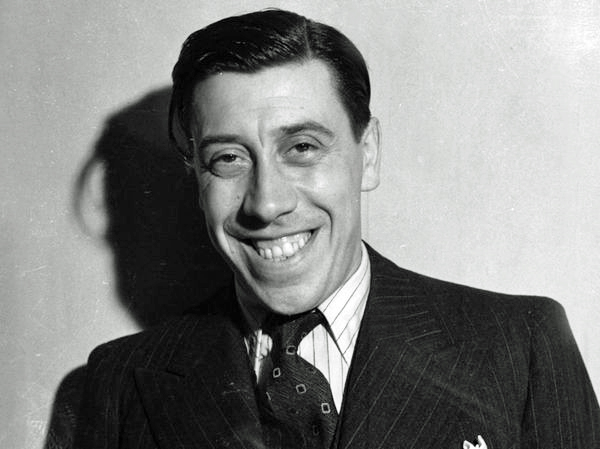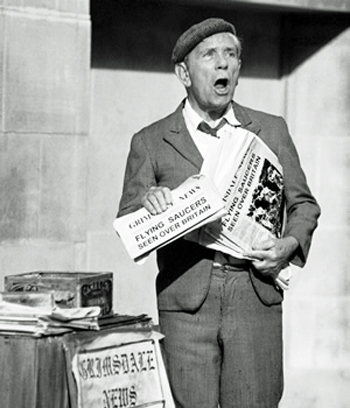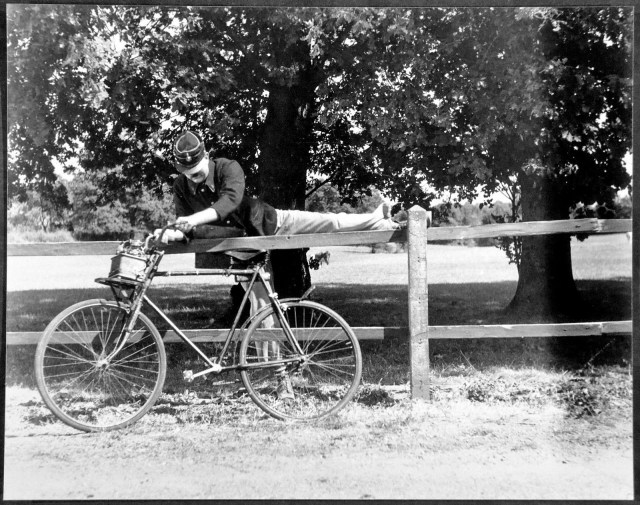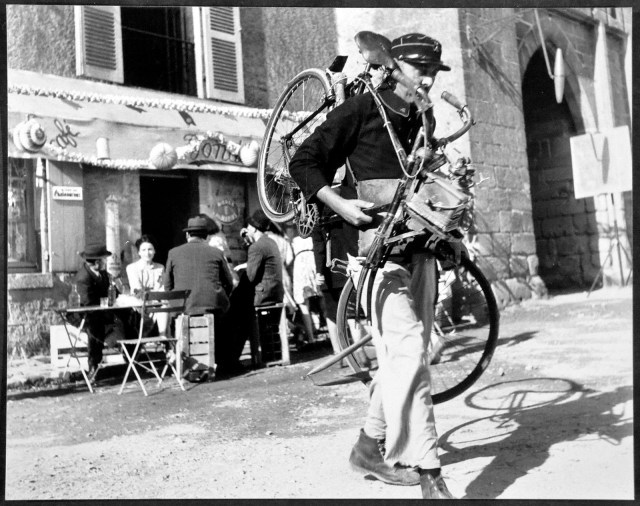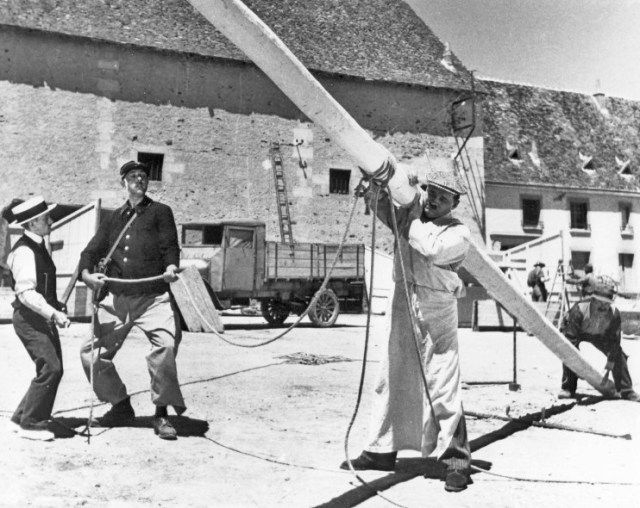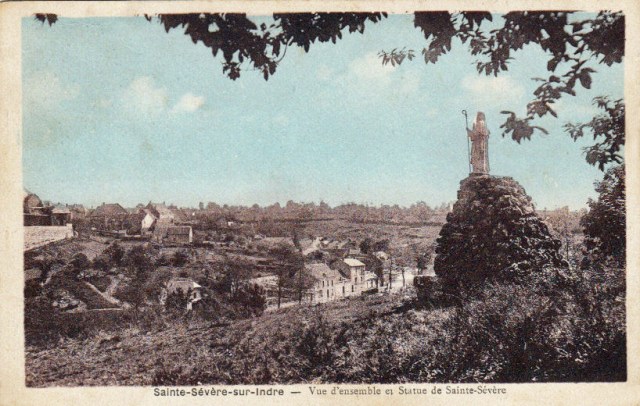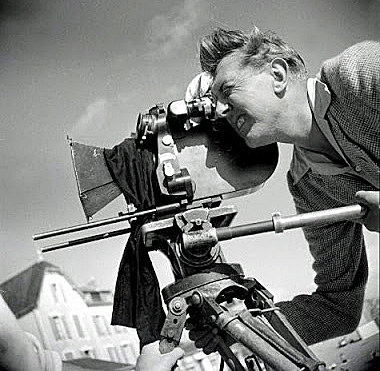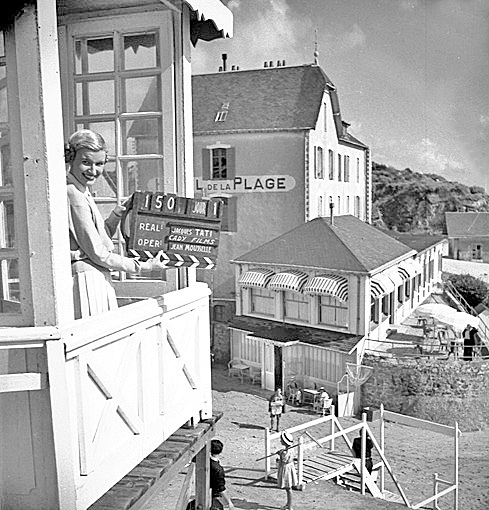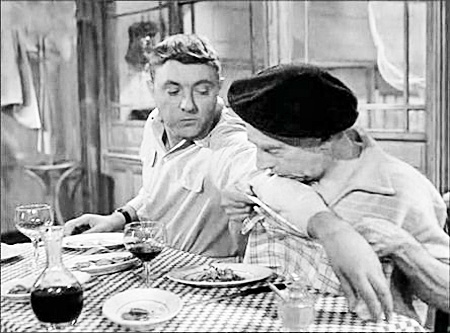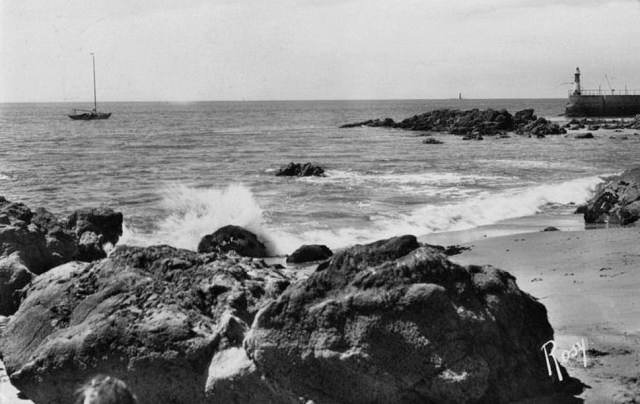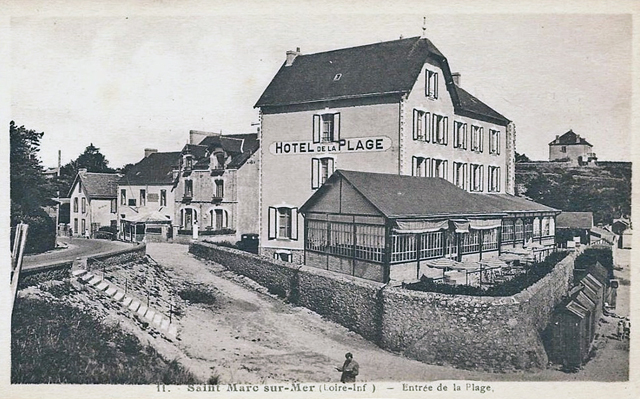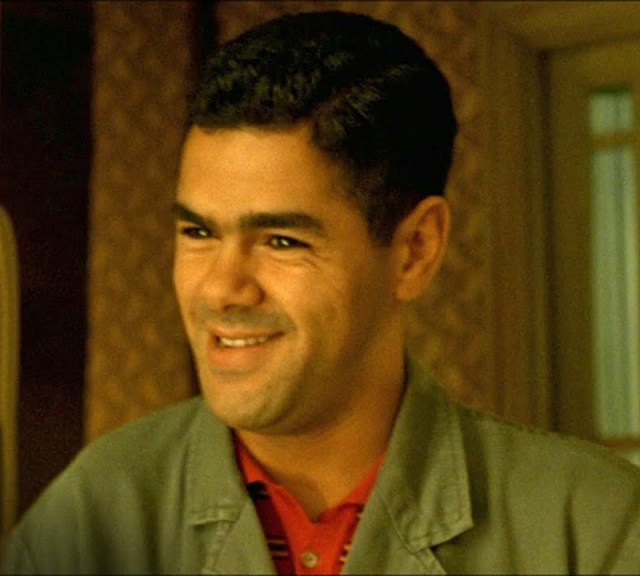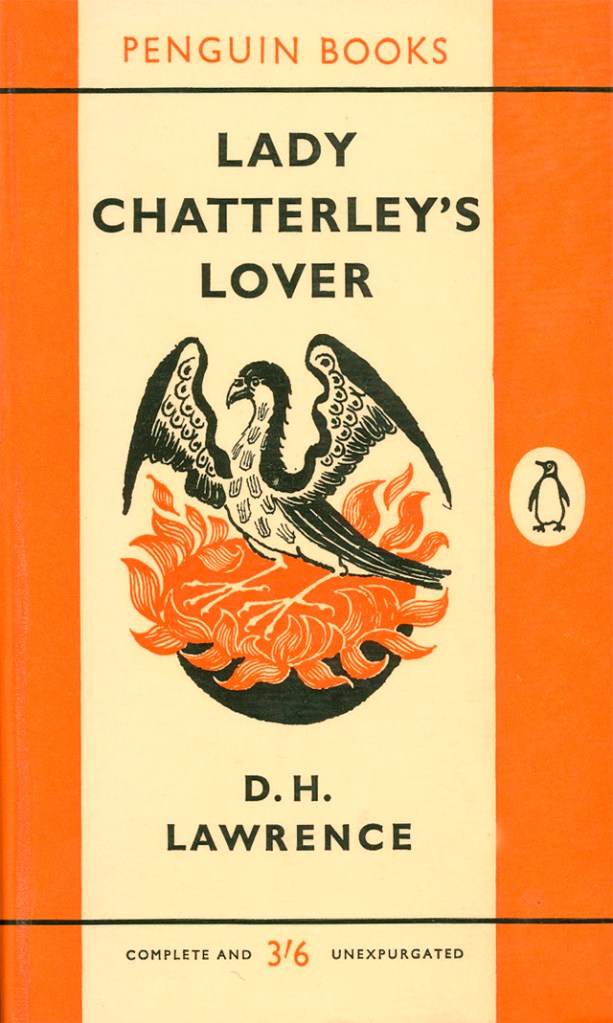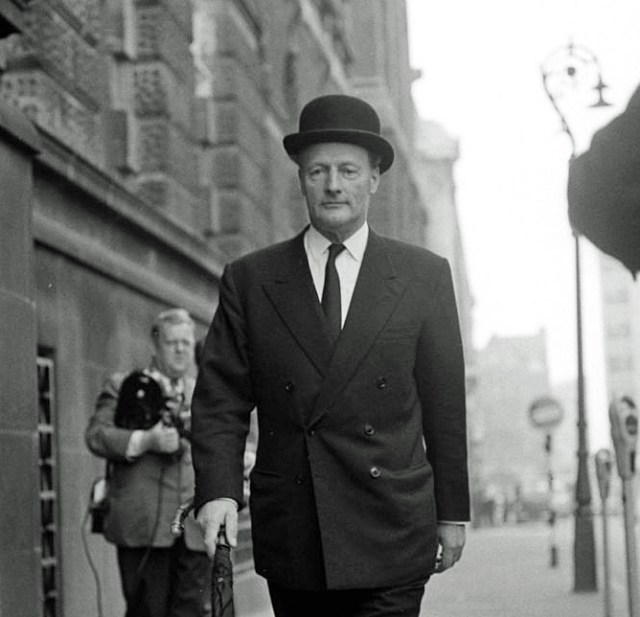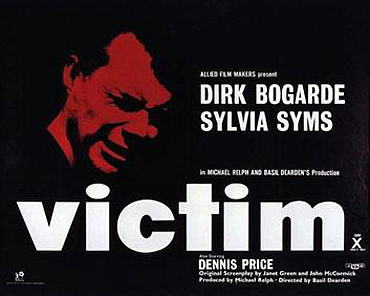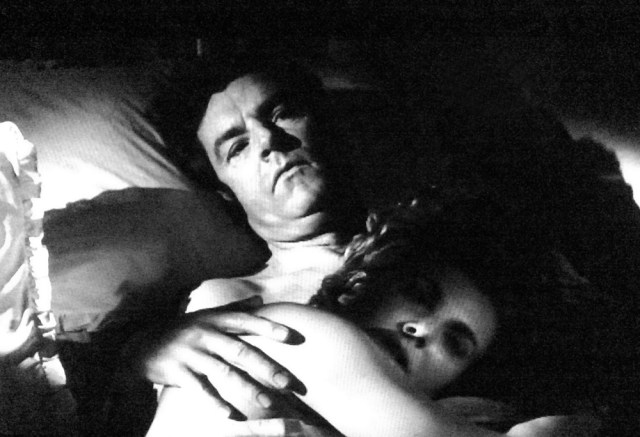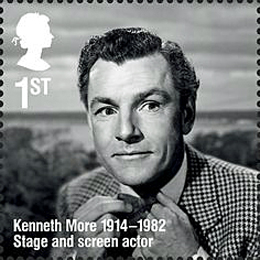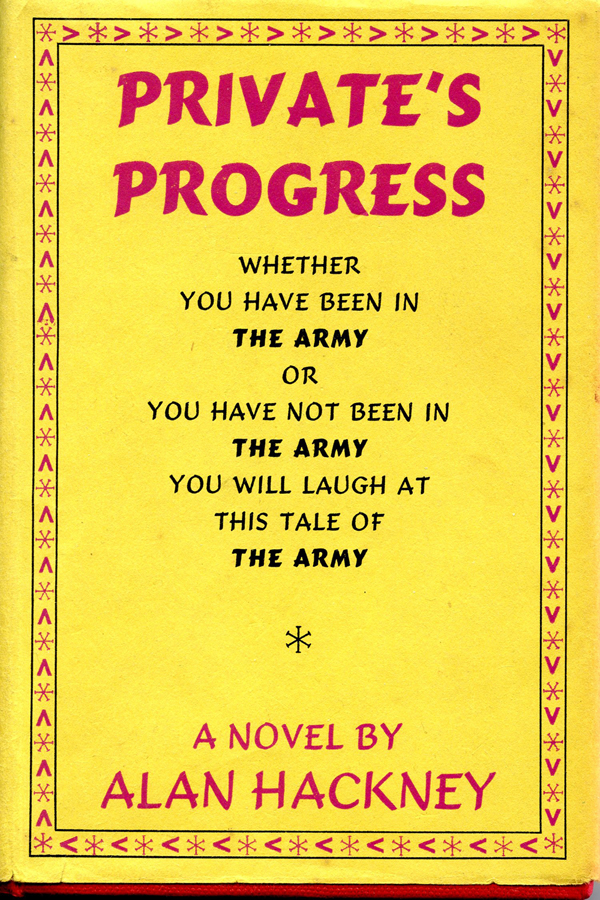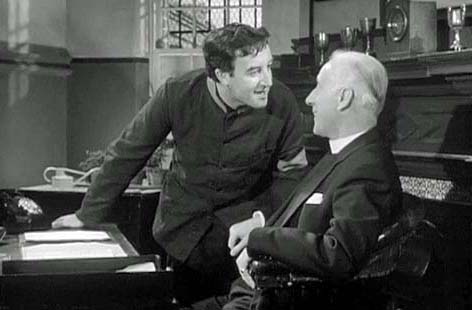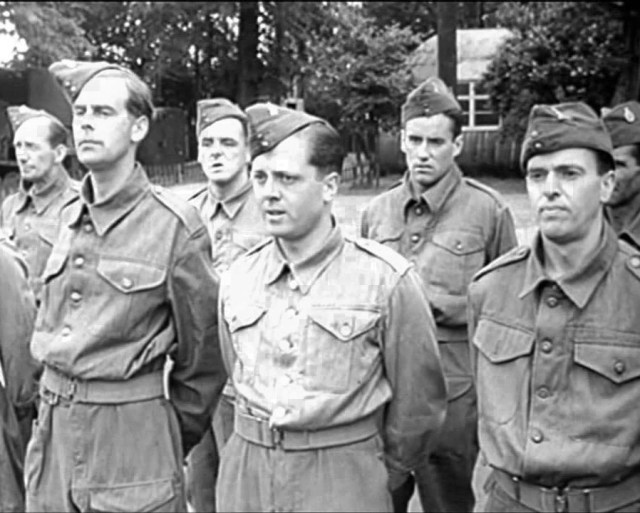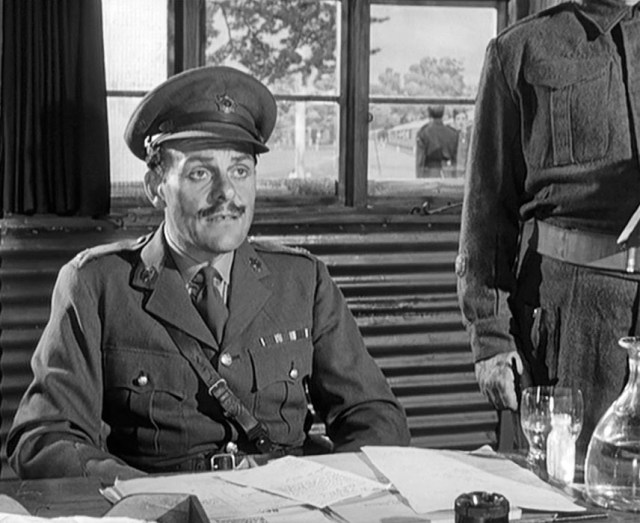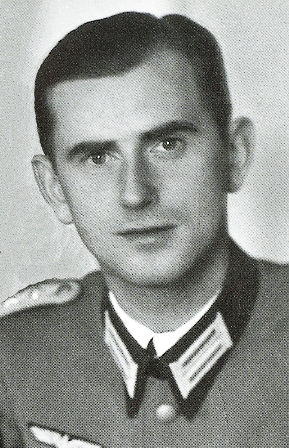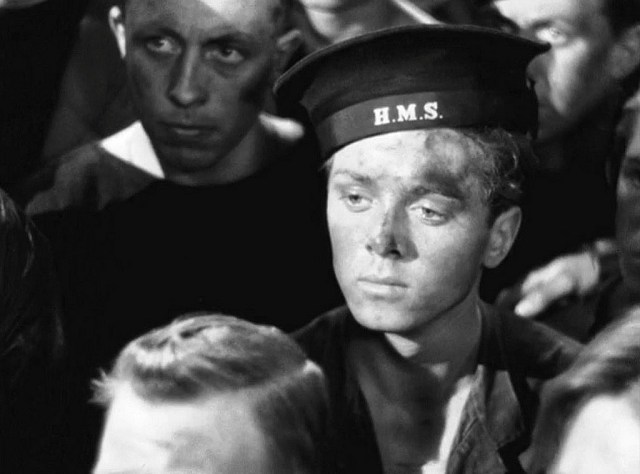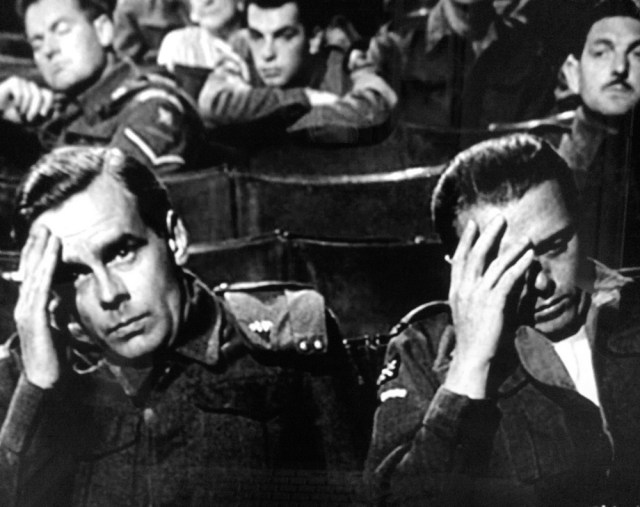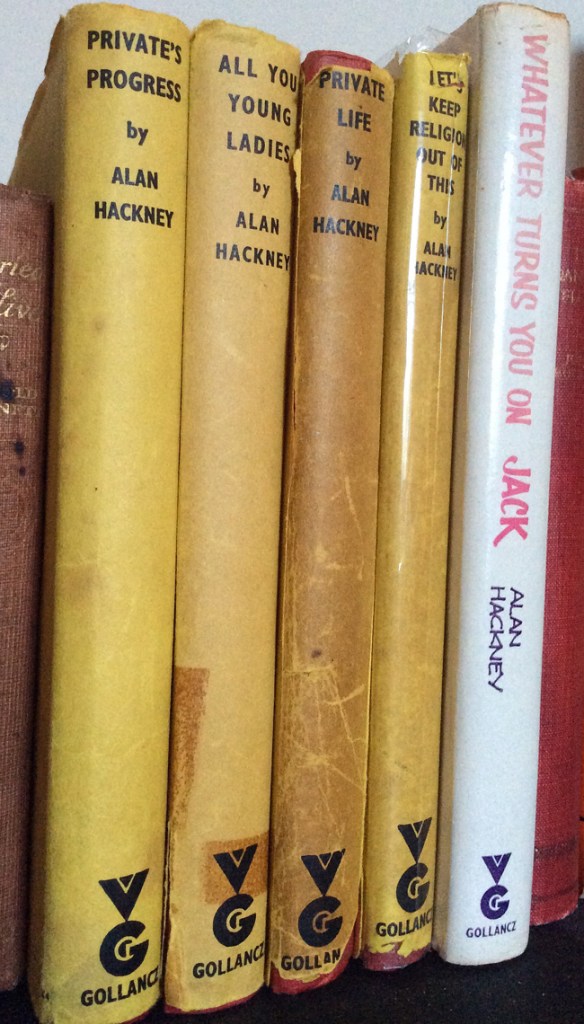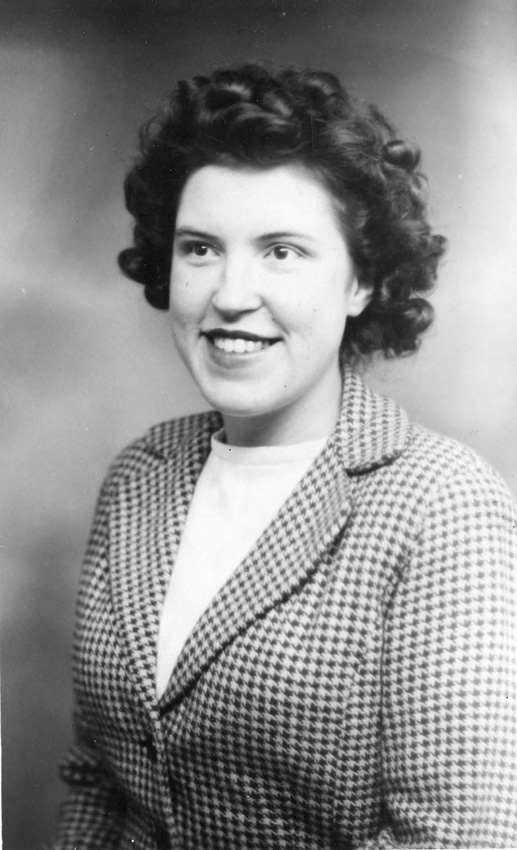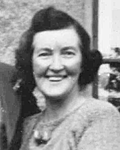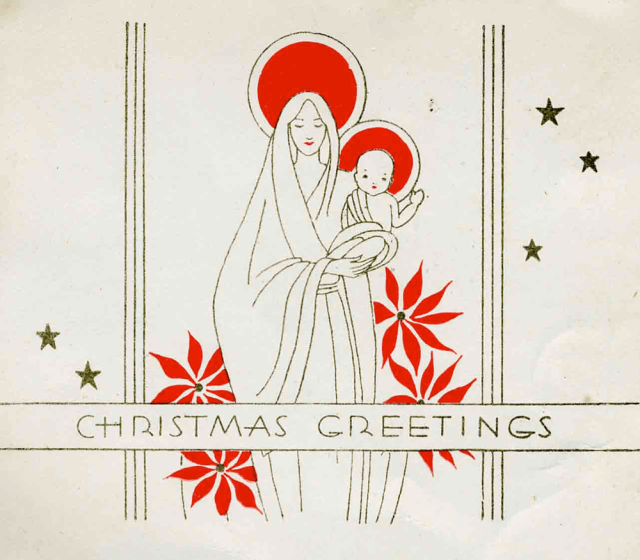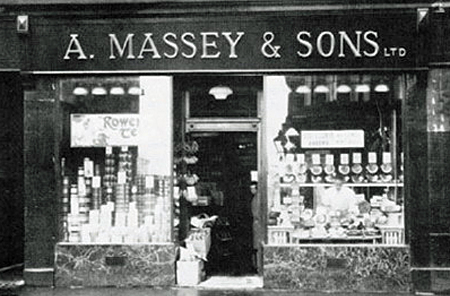Corbières

Sex, Wine & Politics

Sex
1973. Thezan – Saturday Night Entertainment. It was supposed to be a dance – put it this way, it was described as a dance. Juan and me roll up in his 1959 Swiss registered Peugot. Some local lads – average age 15 to 17 – are hanging around the open door to the village hall. Is anything happening? The doors open into a darkness. But we hear music. Ah, so there must be a dance. We get out and enter the hall. This is what we saw.
Only the stage is lit. On it, on the extreme right-hand side is a table and four chairs, a record player on the table and three blokes and two girls, all smoking in a meaningful ‘sophisticated’ way – particularly the girls – one of whom flirts with the bloke putting the records on. And really weird records they are too, totally nondescript. The only tune I recognise is Sunny, sung in French. The volume, turned up to maximum, is not enough to fill the hall, and is distorted.
The girl who flirts wears a white sweater and trousers and has her hair short. The general style of clothes – boys and girls – is from ten years ago, or even more. Or maybe it’s timeless.
The girl who flirts strides around the stage, jumps off and back on it. She’s familiar with it, and the hall. She does this with a sort of contempt for the audience – yes, audience. For instead of clearing the hall chairs to the side, for dancing, they remain in place. There is hardly anyone dancing. A lot of the seats are occupied by young itinerant Spanish men in their twenties. Grape pickers, from across the border. They nudge each other when a girl or woman walks past, or enters the hall. Older Spanish men are also seated together, quietly smoking. Also some Spanish Mum’s, Dad’s, daughters and sons are sitting together. All grape pickers. There is just a sprinkling of local teens, some of whom are siting at the back of the hall in the near dark, but no necking is going on.
Meanwhile the flirting on the stage continues, leading to the ‘D.J.’, who looks as if he’s in his early 20s, chasing the girl up and down the short aisle between the chairs, until, eventually, at the back of the hall they catch one another and embrace steadily for 5 minutes, watched by 75% of the ‘audience’, mostly the Spanish men, whose steady gaze falls on their entwined bodies. Coupled with this burst of activity, suddenly up front, near the stage one boy and girl and one girl and one girl are dancing to the strange and distorted music. They’re dancing a sort of jogging foxtrot, and these are kids in their teens. Their hands demurely not touching each others bodies, except for a hand on a shoulder, or, as horny as you dare get, lightly the waist.
One of the other lads on the stage has proudly taken over the ‘D.J’ duties. The Spanish families take their leave – there is work tomorrow, blazing heat work. The single middle aged Spanish men look at each other too and slowly get up. The younger Spanish men take no notice, eyes glued now to the dancing couples at the front. Juan and me also make a move. We too have blazing heat work tomorrow. The music is still playing, but to a quarter empty hall.
Outside the village is dark and quiet. As we drive away, heading back to Montséret, the original D.J. and the girl in the white sweater are picked up in the car’s headlamps. Two bodies lit up, surrounded by the black of the night, the girl clutching desperately the bloke with a strange unloving, almost frightened expression. We drive on. The night swallows them up.
Wine
1973. Waiting for the harvest, Monséret. The boredom, of waiting for the harvesting to start: tomorrow, the day after?… eating, sleeping, drinking, and drinking to sleep. The heat. Glaring sun outside…. Hundreds of buzzing flies. Fornicating on the table inside the old stone building. The stone building with sleeping quarters upstairs, and a general area with a rudimentary kitchen, of sorts, downstairs, an old well rutted wooden table for eating and sitting at. The table supporting the fornicating flies. No point in trying to whisk them away – they return in a micro-second to search for crumbs and to fornicate. But you still swat at them.
Lizards on the walls of village buildings during the day. The hum of insects at night. The quiet streets during the day. The quietness of the village streets. The heavy shadows punctuated some days by a public announcement from the loud speaker in the village centre. ‘So and so’ the mobile draper will be arriving in his van tomorrow morning at ten.
In the morning, the villagers and grape-pickers with no WC walk to the edge of the village to the cement rendered communal toilet block. A queue is already forming in the dusty road. Even at this hour the sun is burning down.
Tools of our trade are secateurs for cutting off the bundles of black dark grapes, and glass fibre receptacles for them, strapped to our back. We move forwards more or less in a line, cut, snip, cut. Always the sun. Almost all of us wears a hat or a cap, to protect our brains from boiling.
In a unlikely found spot of shade Madam Arnaud, the owner of the vineyard, stands watching the progress of the harvest. One of God’s representatives on Earth, wearing the colour of spiritual enlightenment – black – jests with her.
So there you have it. The Landowner, the Priest, the Workers.
Politics
1973. Thezan – the Political Meeting. It’s in the same village hall that hosted the ‘Dance’, except the lighting is better. A lot better and I notice for the first time the brightness of the painted walls – yellow and red. Quite a good attendance, far more than you would see in a UK village, or town. It’s dark outside, as it was at the ‘Dance’. Inside sit small land-owners, labourers, and one or two folk I recognise from the grape harvesting – the lorry driver, the vineyard manager, and others. Sitting in front of me are an old couple in simple well-worn peasant clothing.
Up on the stage, on the platform, is a table with four chairs. Acting as Chairman is the ‘Mayor’ of Thezan. In his 50s. He wears an open neck check shirt, leisurely chain-smoking Gauloises. Thin face, small body. To his right is the Parti Socialiste candidate for Thezan (or is the Canton?), and next to him a guy whose thighs bulge underneath the cloth of his trousers, who throughout, sitting with his arms folded, face expressionless, wearing dark glasses, says nothing.
To the left of the Mayor is a big hefty bloke who wears a tie. When the P.S. candidate was talking the big hefty bloke had a habit of wrinkling his forehead, which was like dropping a stone into still water, for the rest of his head rippled. His grey-turning-white French crewcut moved backwards and forwards at every wrinkle. I almost found it disgusting, I don’t know why.
The P.S candidate isn’t a very forceful speaker and he doesn’t stand up. I can’t understand all of what he’s saying, apart from references to tourism and, particularly wine. I’d noticed around the Corbiéres region the same slogan was sprayed or chalked everywhere – on old farm buildings, isolated bus stops, on a road ‘BUVEZ VIN FRANCAIS“. This, apparently was a response to the importation of Algerian wine. The P.S candidate ended by saying he and his Party had full support for the French wine growers, and that the P.S. support was reliable, a curious word to use, I thought. Everyone had been listening attentively, and they clapped. During his speech I’d noticed, when making a point, he turned to the seated fat man on the left of the Mayor, who in response would forcibly nod his head in agreement. And it is this man, who has a deep gruff voice, who unlike the P.S candidate stands up. He’s a real pro. His voice booms across every corner of the hall. He refers to sheets of papers that he has produced from an attache case, waving this one and that one in the air, written proof, he claims, that you cannot ever put your trust in a Gaullist, never ever would be able to trust promises made by any Gaullist government, by the Gaullist Party. He shouts and harangues, and there are cheers from the audience. Having worked the audience up, he allows himself a smile of solidarity with them.
He’s been speaking longer than the P.S. candidate, who, soft spoken and soft featured is a curious candidate for the commune. But he’ll get in, probably, thanks to the rousing oratory of the P.S. heavy. The Mayor opens the discussion to the floor. One guy – obviously well known to the audience wants to ask a question. I say well known because there is a good humoured cheer and laughter as he stands up. He acknowledges their warmth with a grin and a theatrical bow. Turning back to the candidate sitting on the stage, he asks what he will do concretely once he’s in office. A brief reply by the candidate to the question, as the P.S. heavy shuffles back the papers he was waving into his attache case. And that’s it, the meeting’s over.
The men on the platform come down to the floor, mixing with the groups now, handshakes, laughter, chatter. Some starting moving off for the bar, to be followed by others. The meeting has lasted 90 minutes.
More grape picking tomorrow for me and everyone else. Outside in the warm deep dark night the cicadas crackle and croak. Buvez Vin Français. Buvez Corbières AOC.

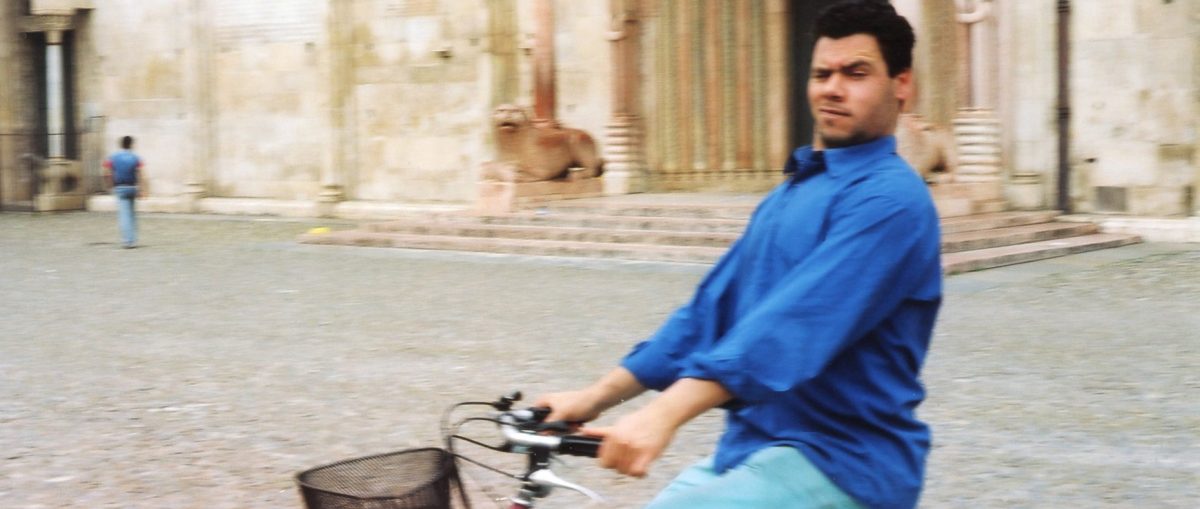
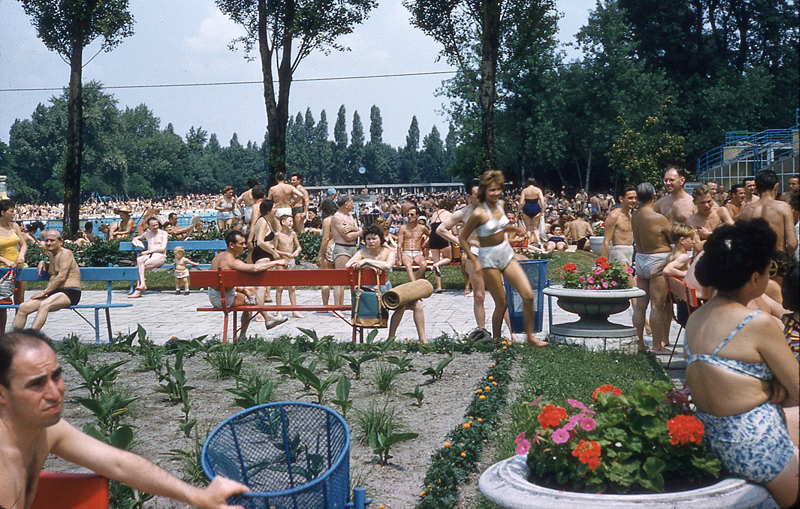





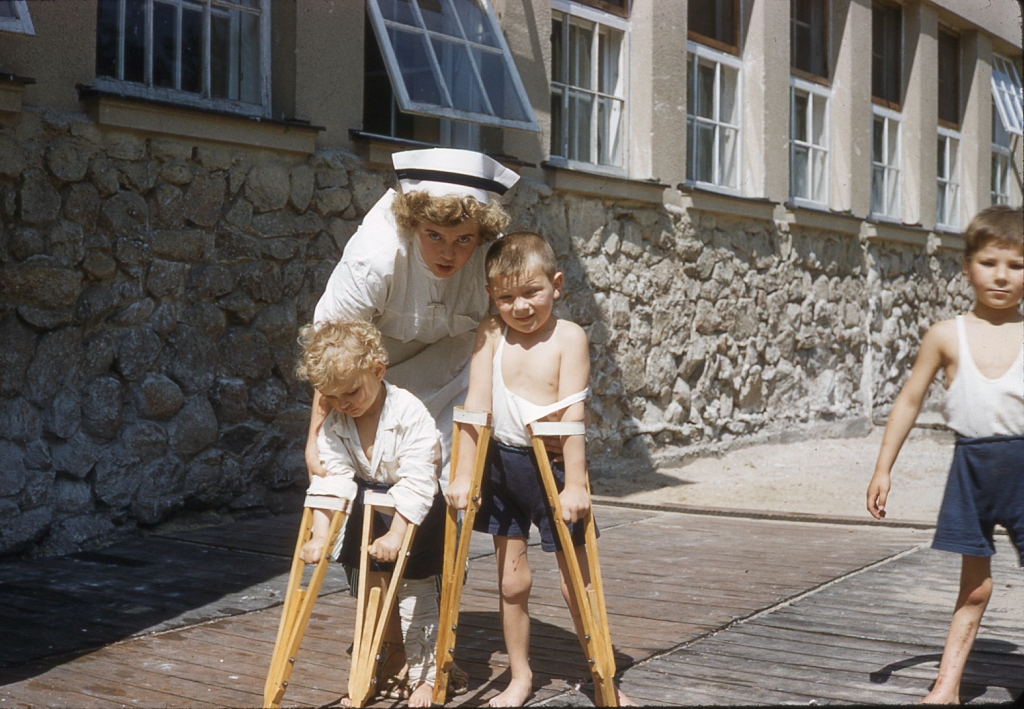



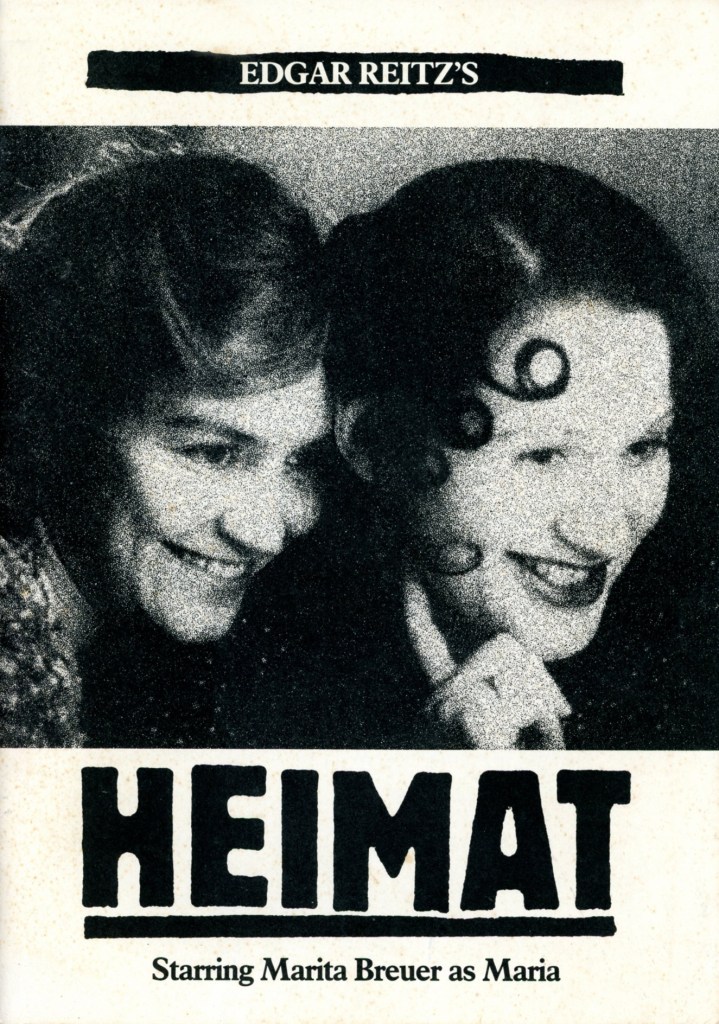

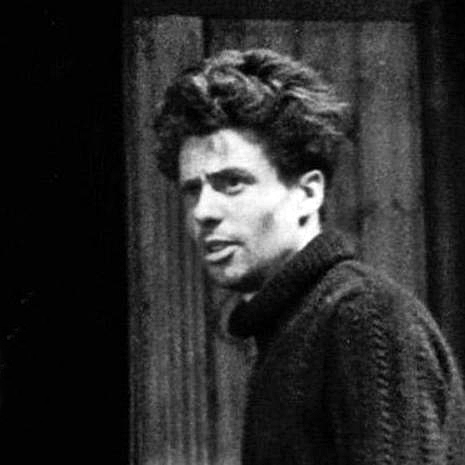




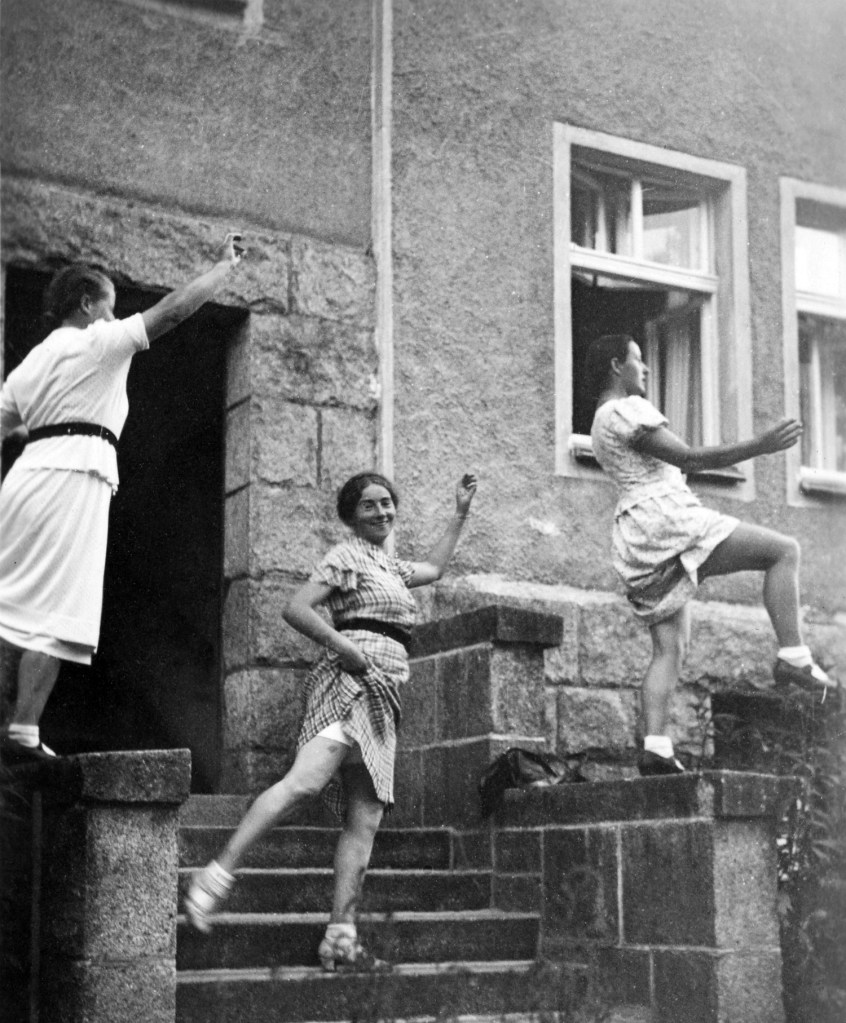








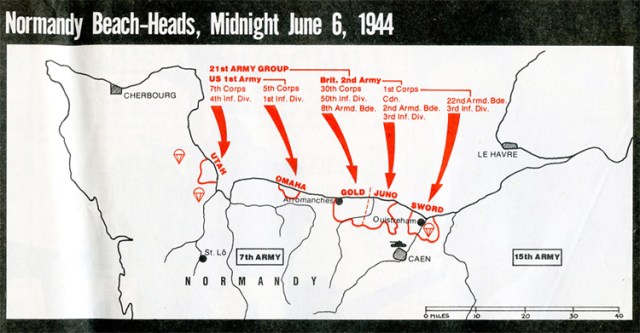






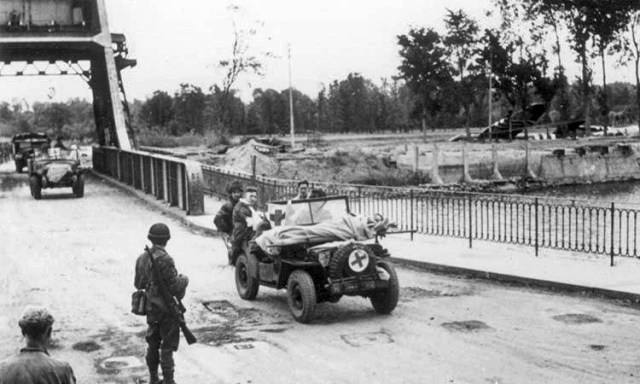




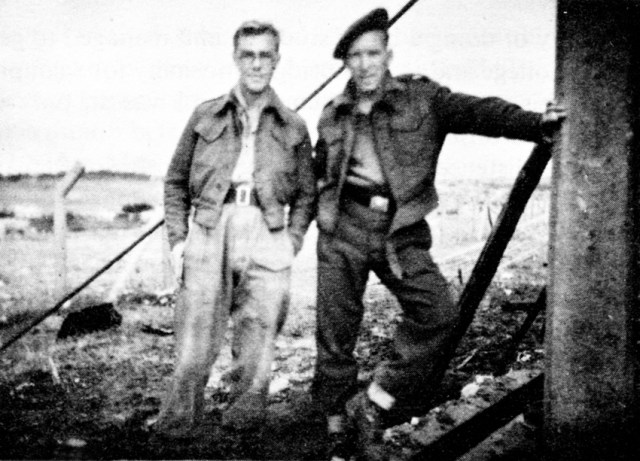


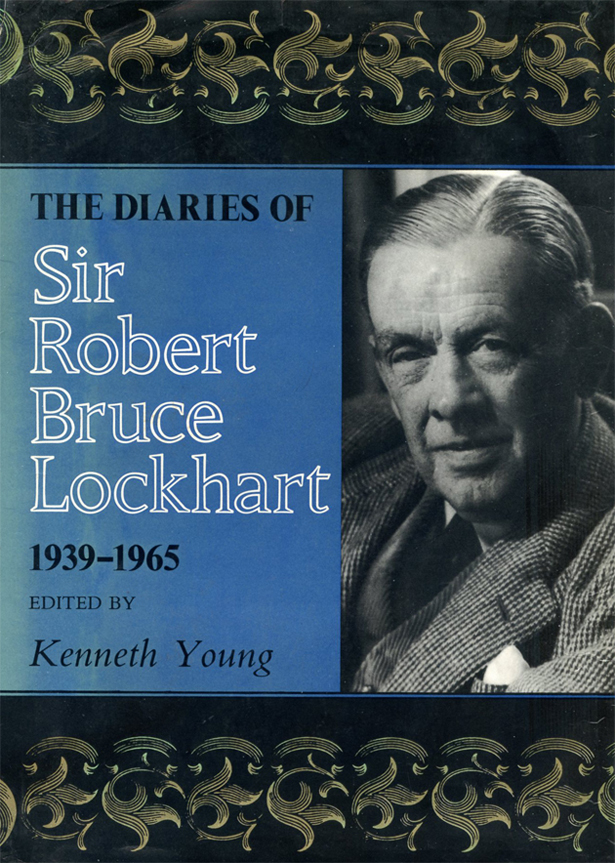
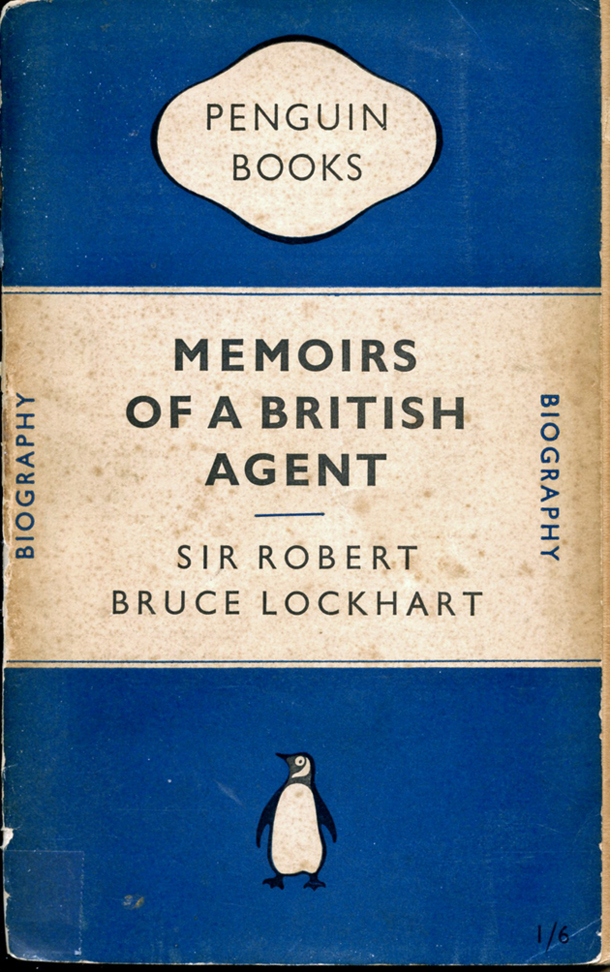
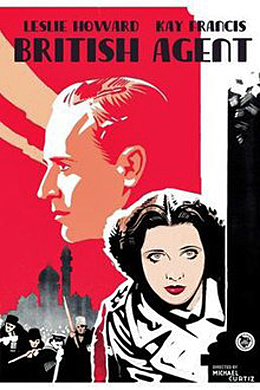
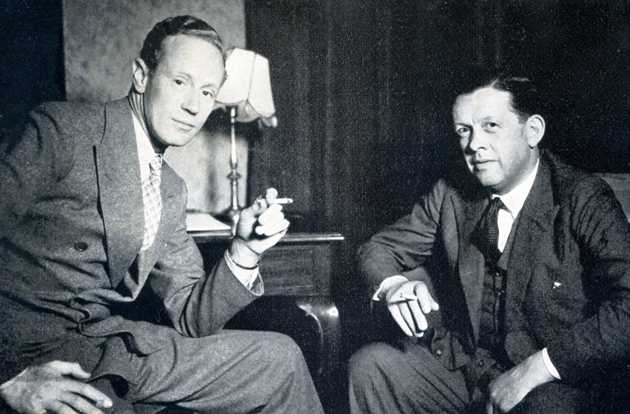
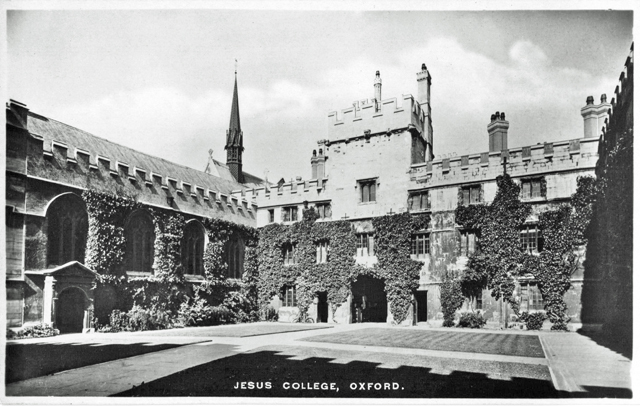







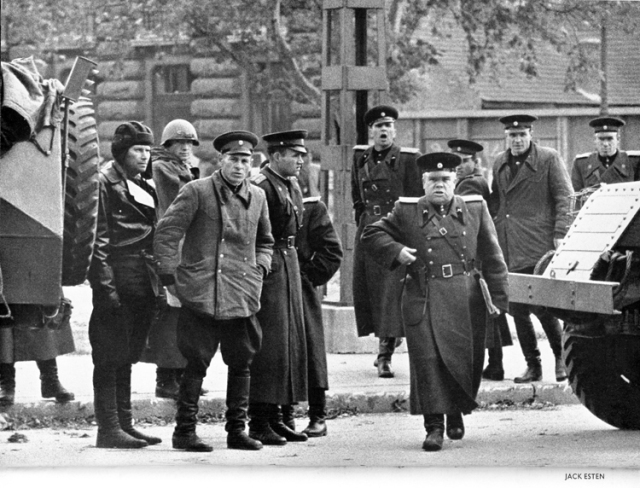











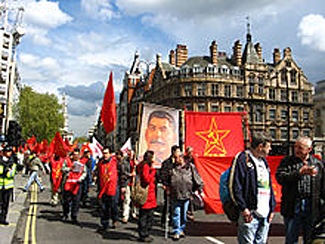










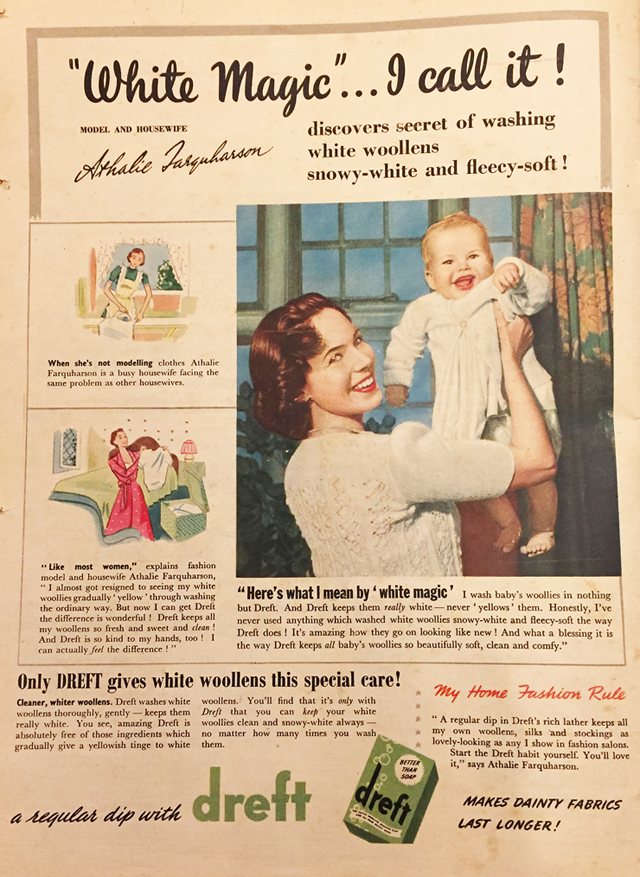



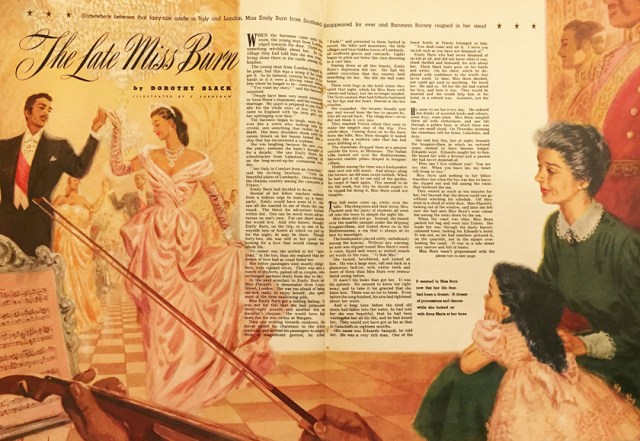
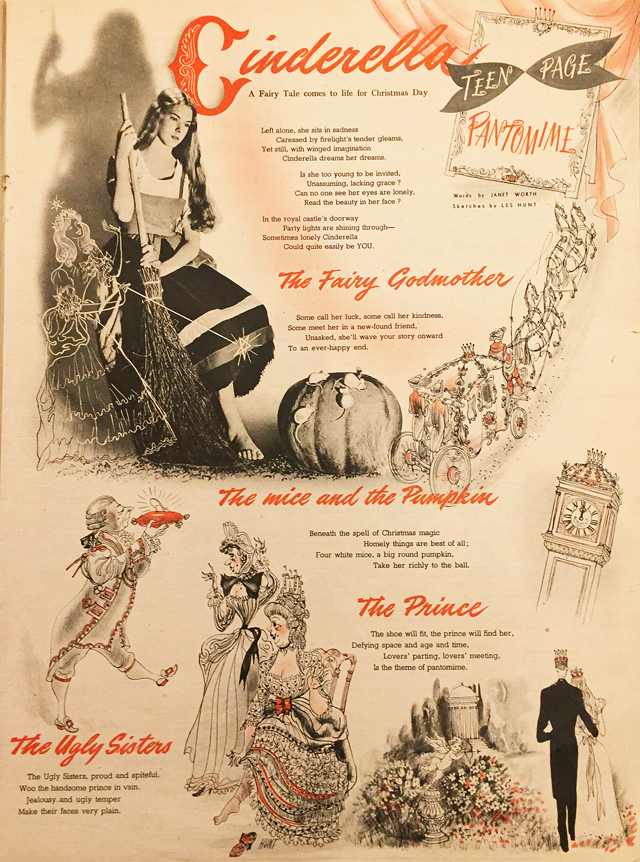
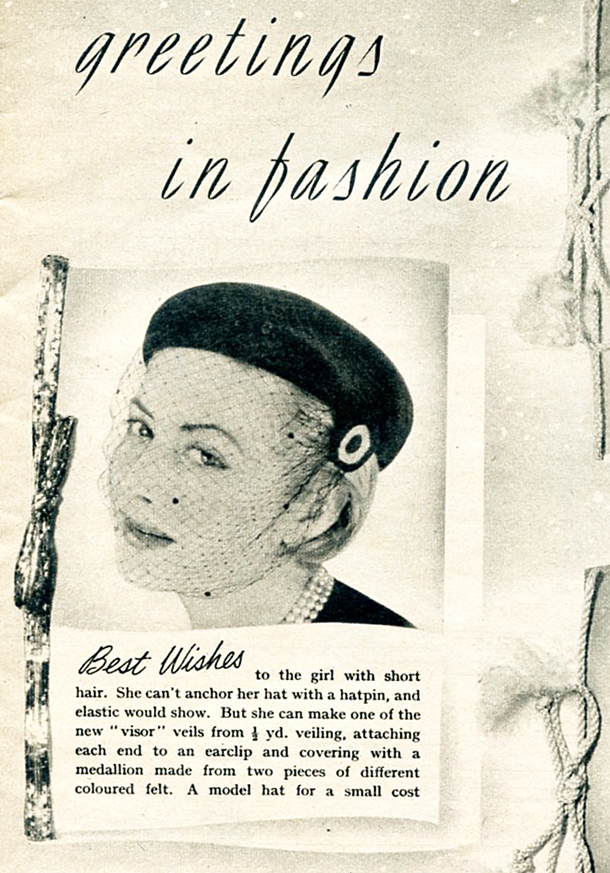





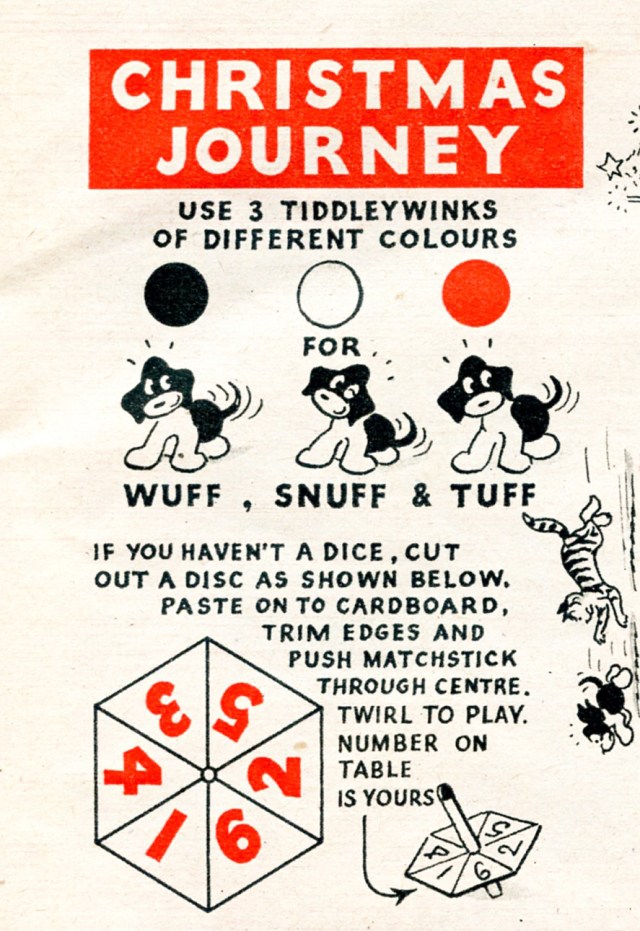
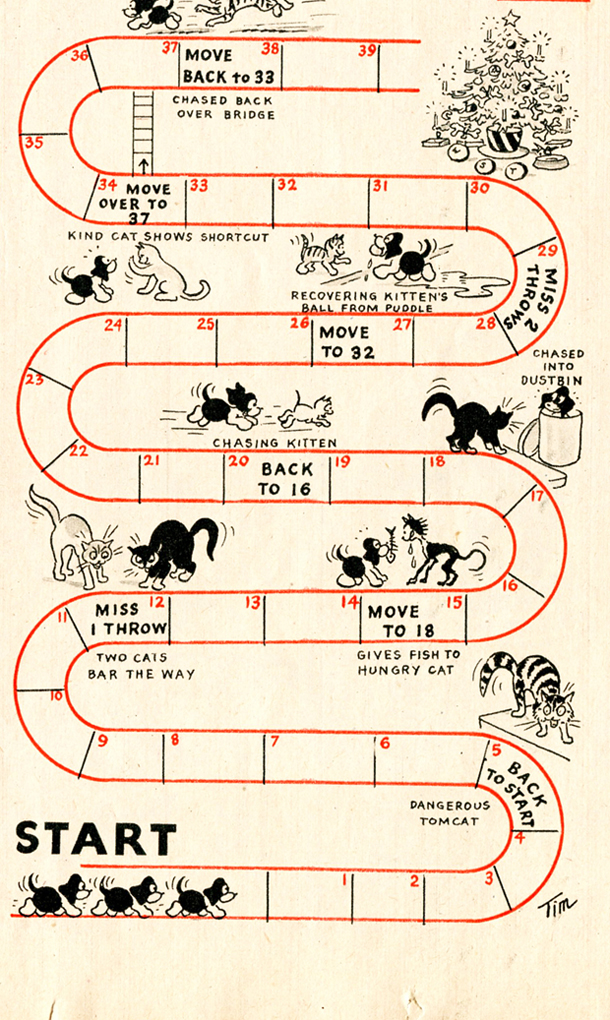






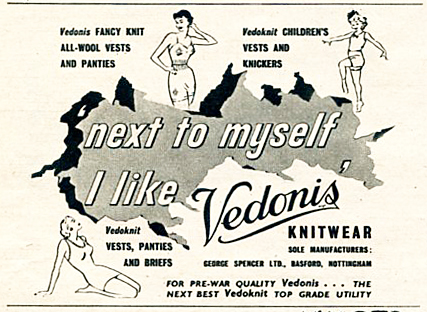
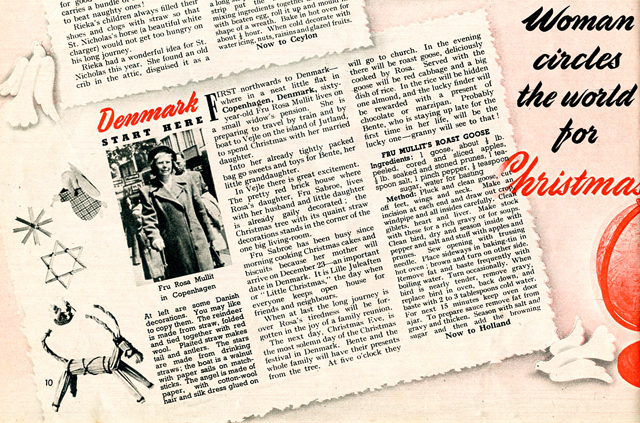

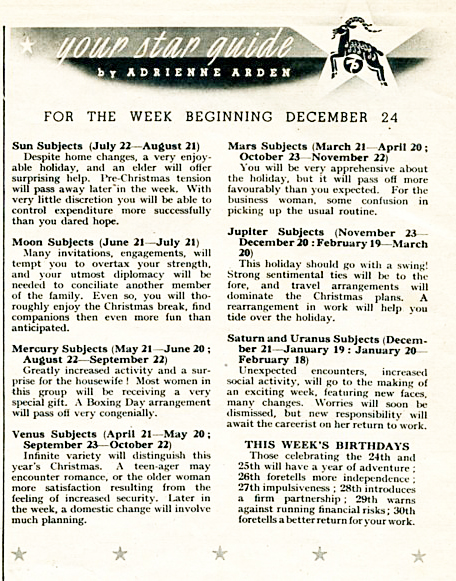
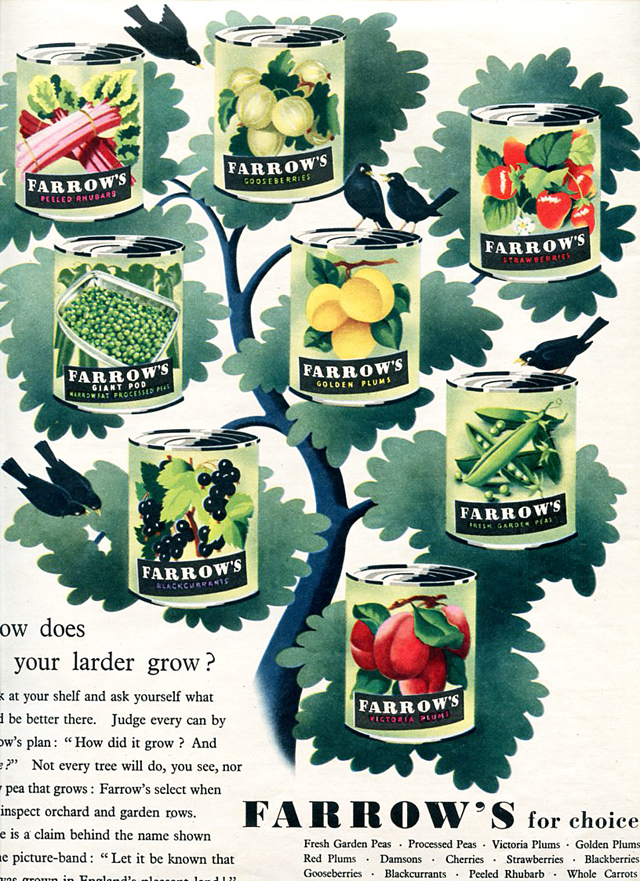




 ______________________________________
______________________________________





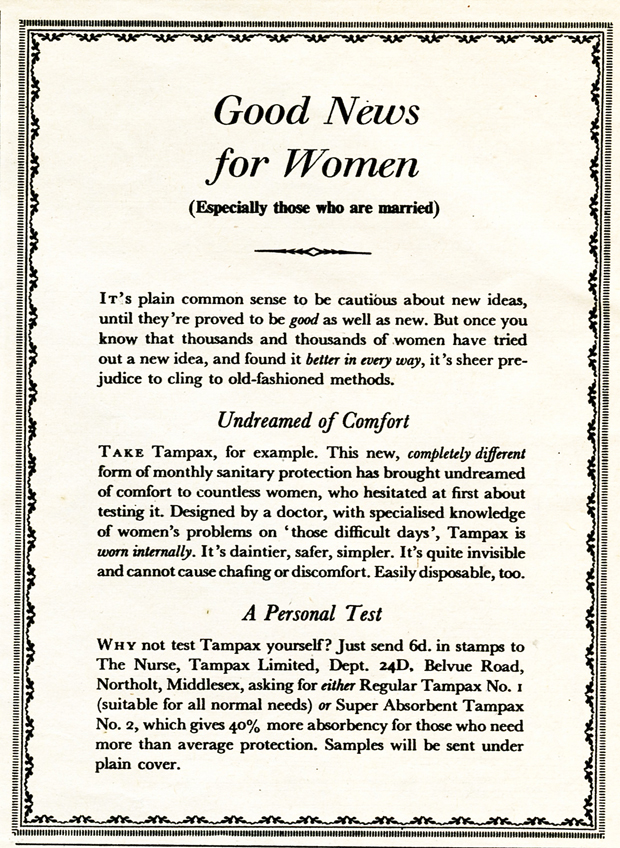
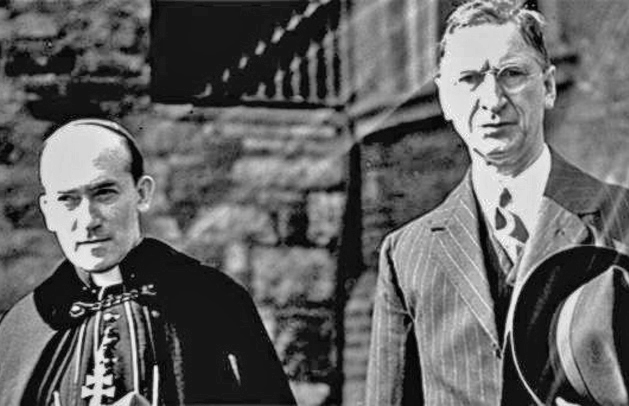
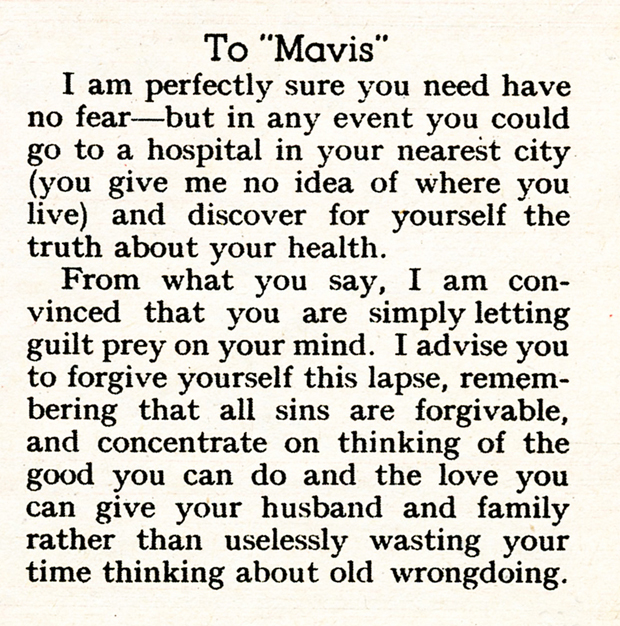

















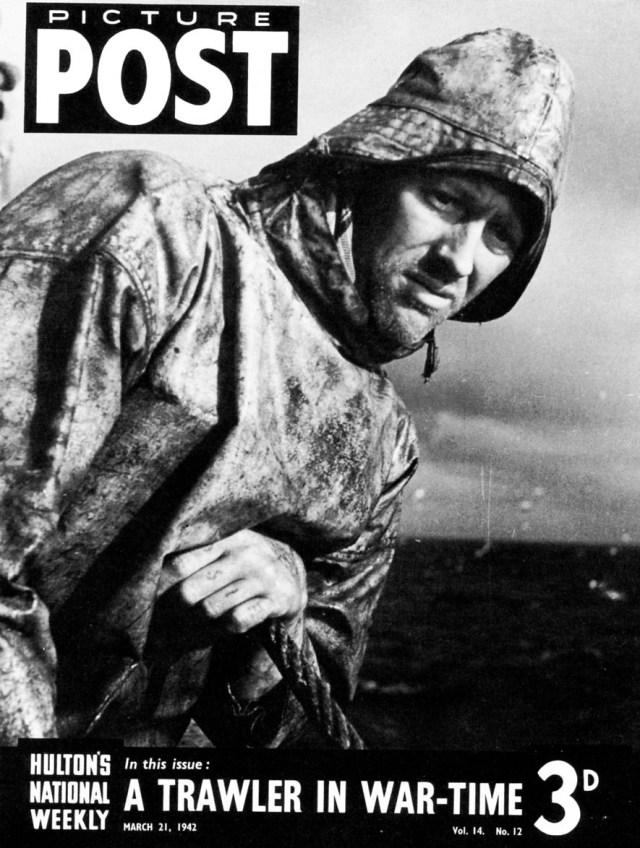



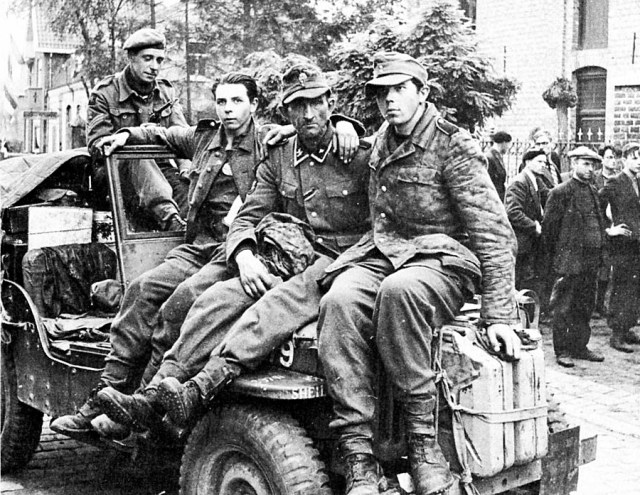
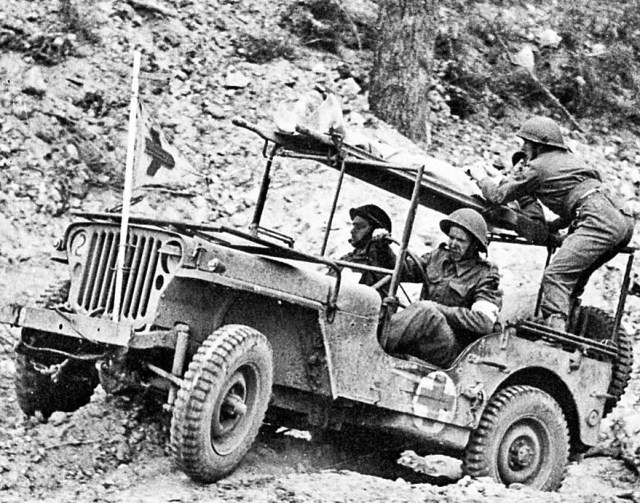



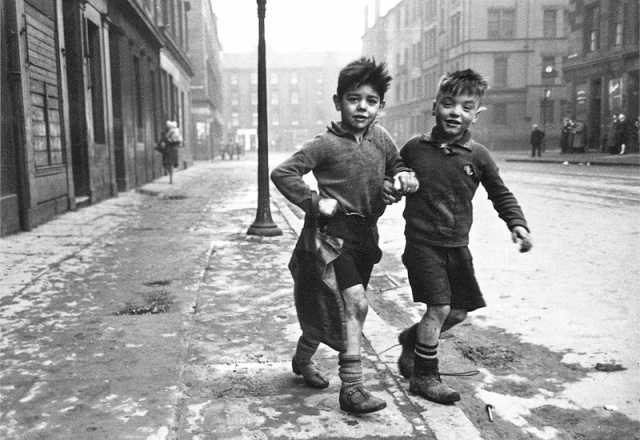




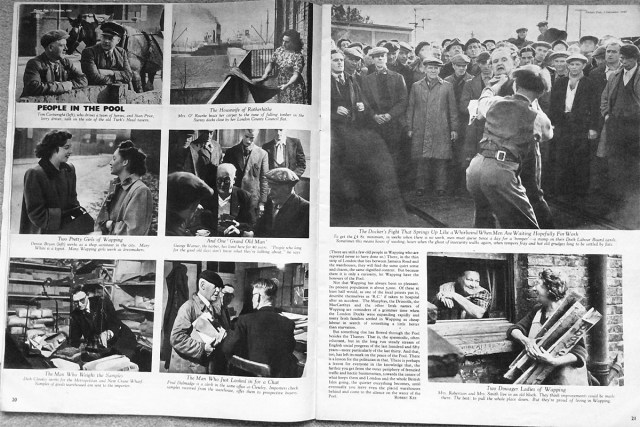
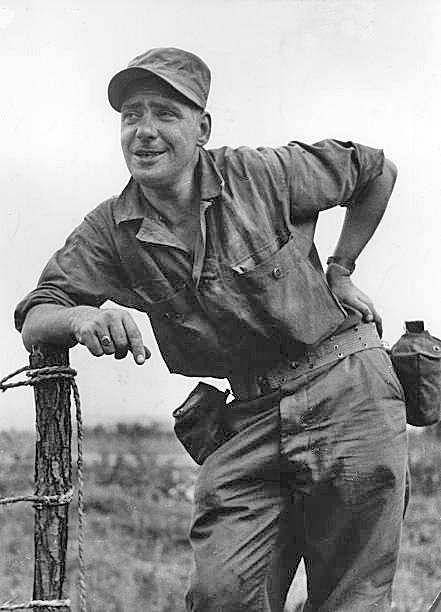





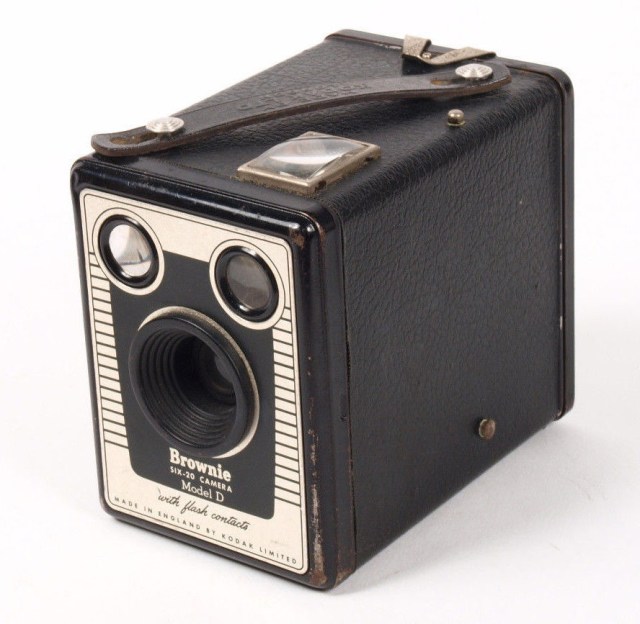



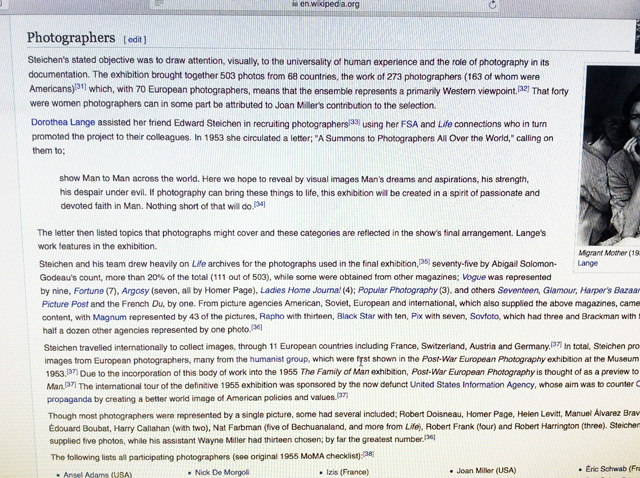

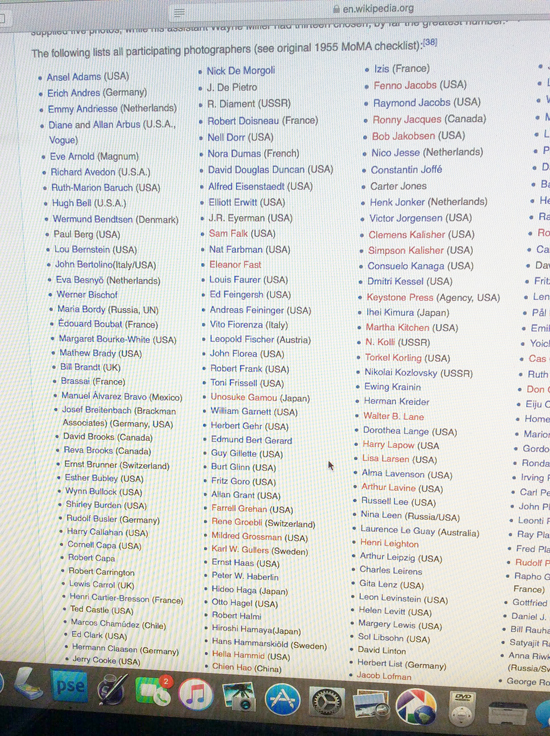

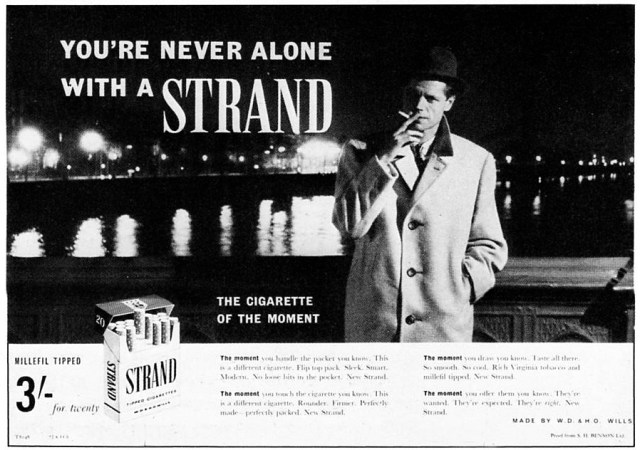



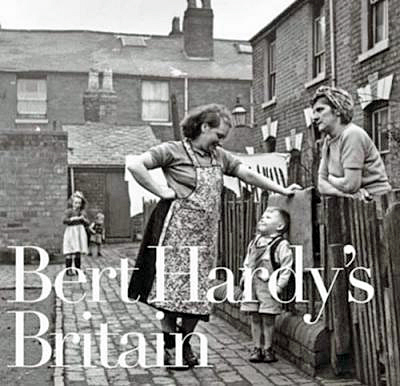
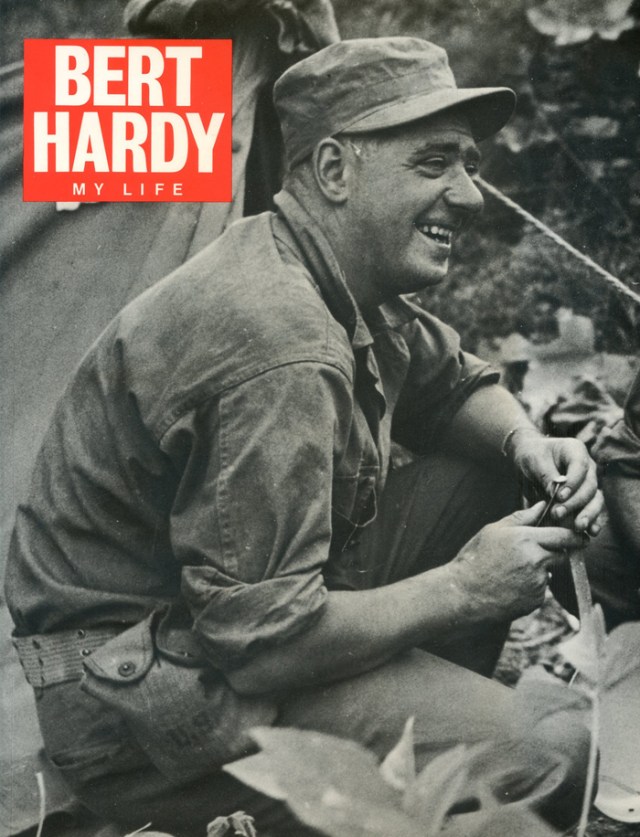
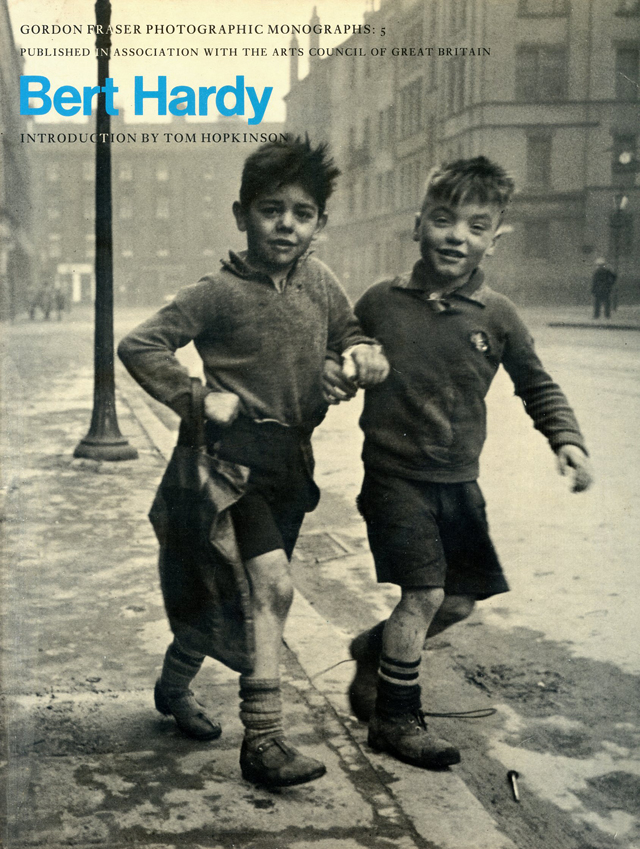 ______________________________________
______________________________________
